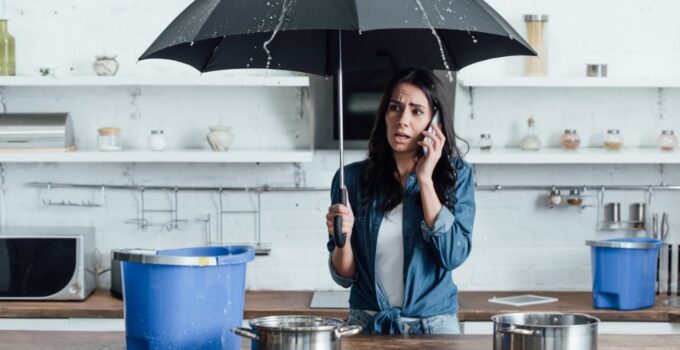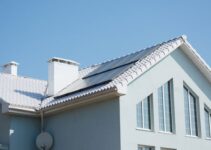The rainy season in India brings much-needed relief from the heat, but it can also cause serious damage to the exteriors of your home. Continuous exposure to moisture, heavy downpours, and humidity can lead to peeling paint, damp patches, cracks, and even mould growth.
That’s why it’s important to prepare your home in advance using the right exterior painting techniques and materials. This blog covers practical and easy-to-understand tips that will help you protect your house from water damage while keeping it looking fresh and attractive.
Page Contents
1. Start with a Strong Foundation – Waterproofing Basics
Before you begin any painting job, it’s important to check for cracks, holes, or signs of seepage on the outer walls. Rainwater can easily seep through these weak spots and damage the structure from within.
- Check all walls and ceilings for moisture marks.
- Use waterproofing solutions or cement-based fillers to close gaps or cracks.
- Don’t ignore even small leaks—they can turn into bigger problems during heavy rains.
Waterproofing acts like an invisible shield, stopping water from entering the walls. It’s the first and most important step before you even think of applying paint.
2. Choose Exterior Paint Wisely – Not All Paints Are the Same
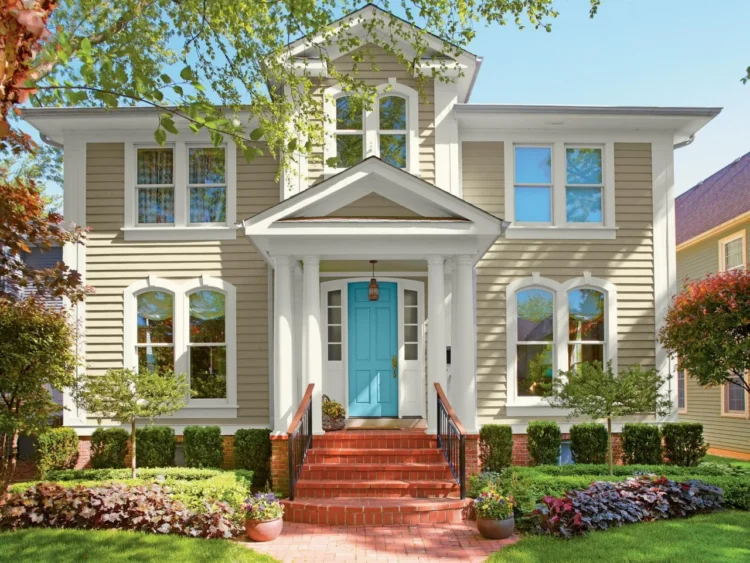
Source: hgtv.com
Exterior painting is not just about colour, it’s about protection. The right kind of exterior paint adds a weather-resistant layer to your home, helping it stand strong against rain, sun, and humidity.
Here’s what you should look for:
- Water-resistance ─ Go for paints specifically meant for exterior use.
- UV protection ─ Paints with UV resistance last longer under the sun.
- Dirt resistance ─ Helps maintain a clean look during and after the monsoon.
Using exterior texture paint can also add a stylish, modern look while providing better durability. These paints are thicker and give a textured finish, which not only looks premium but also offers additional strength to the wall surface.
3. Don’t Forget the Primer – A Must for a Long-Lasting Finish
A primer exterior is like a base coat that helps the paint stick better and last longer. Skipping this step is one of the most common mistakes people make during exterior painting.
Benefits of using a primer:
- Seals the surface and reduces the chances of peeling.
- Improves the paint’s adhesion.
- Helps give a smooth, even finish.
Priming is especially important if the walls are newly plastered or have been exposed to the elements for a long time.
4. Roof Tiles Matter – Stay Safe from Top to Bottom
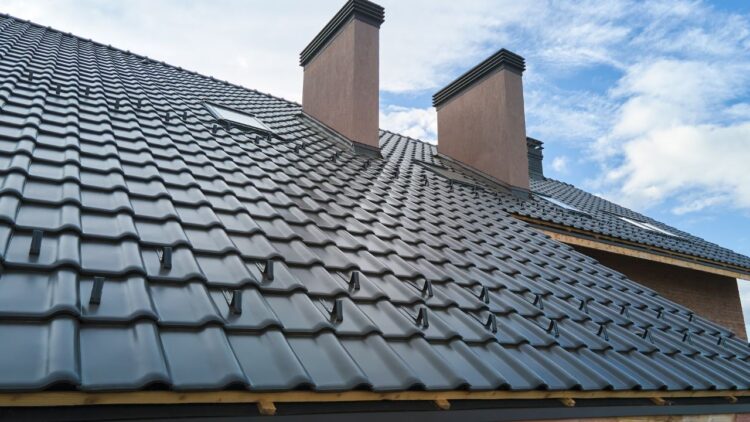
Source: estimatorflorida.com
Your home’s protection from rain begins at the top. Damaged or misaligned roof tiles can let water seep in, damaging both the interiors and exteriors of your home.
Things to check:
- Are there any broken, missing, or shifted tiles?
- Is there any moss or algae growth on the tiles?
- Are the water outlets on the roof working properly?
Fixing roof tiles before the rainy season ensures that rainwater flows down the drain instead of into your walls and ceilings.
5. Seal Your Home’s Openings – Safeguard Doors and Windows
Doors and windows are common entry points for rainwater. If not properly sealed, water can creep in and cause dampness inside the walls or even lead to wood rot and mould growth.
How to protect them:
- Check window frames and door corners for gaps.
- Use waterproof sealants or weatherstrips to close tiny openings.
- Paint wooden doors and window frames with water-resistant coatings.
These simple checks and fixes can save you from major repair costs after the monsoon.
6. Exterior Wall Coatings – Add Style and Strength
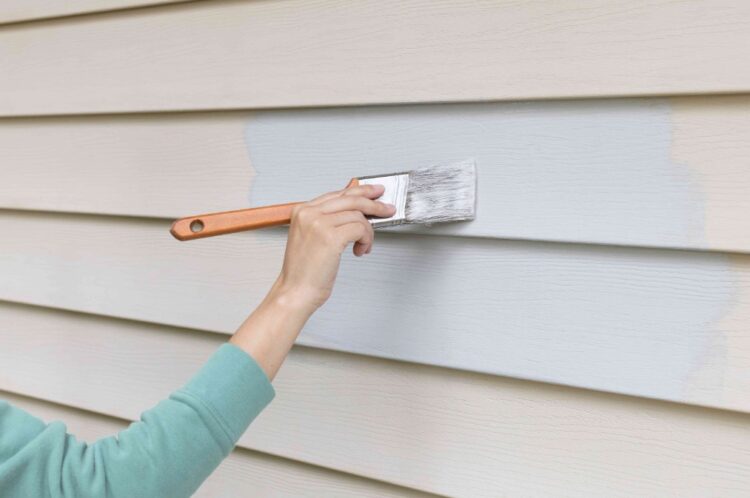
Source: thespruce.com
Exterior wall coatings are specially made to protect homes from harsh weather while adding to their beauty. These coatings are thicker than regular paint and often include waterproof and anti-fungal properties.
Why consider them?
- They prevent water from entering the walls.
- They resist cracking and peeling.
- They’re available in different textures and colours.
Think of them as an extra raincoat for your home. If you live in a region that receives heavy rainfall every year, investing in exterior coatings is a smart choice.
7. Don’t Ignore Water Flow – Good Drainage is Key
Even with the best exterior painting and coatings, poor drainage can lead to serious problems. Stagnant water around your home can weaken the foundation and encourage seepage through the walls.
Steps to ensure proper drainage:
- Clean and clear all water outlets before the rains begin.
- Install splash blocks or downspout extensions to direct water away from the building.
- Make sure the ground around your home slopes away from the walls.
Effective water flow systems can extend the life of your paintwork and prevent long-term structural damage.
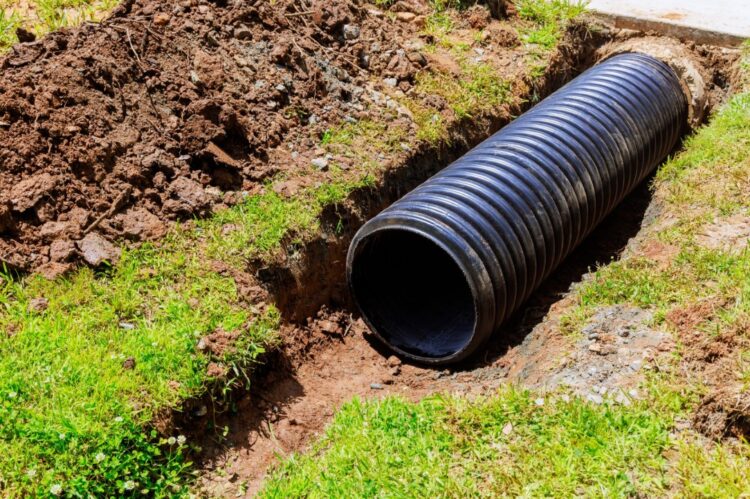
Source: protxhomes.com
Final Thoughts
Exterior painting is more than just giving your house a fresh coat of colour, it’s about shielding it from harsh weather, especially during the monsoon. With proper waterproofing, the right use of primer exterior, and high-quality exterior texture paint, you can increase your home’s resistance to rain damage and keep it looking beautiful for years. Combine that with good drainage, solid roofing, and well-sealed windows, and you’ve got a monsoon-ready home that’s built to last.

